The Sashiko Gals Are Creating More Than Just Sneakers
Formed in the aftermath of the 2011 tsunami, the Otsuchi-based collective is using traditional Japanese sewing techniques to stimulate the local economy and craft an exciting new future.

“This looks like Tabi!” exclaimed one of the Sashiko Gals, gazing at a pair of Martin Margiela’s Tabi boots. To her, the iconic split-toe design, which debuted in Margiela’s 1989 S/S collection, didn’t evoke high-fashion lore—it looked more like the traditional Japanese footwear that her grandmother’s generation wore.


Sashiko Gals is a collective of 15 women ages 40 to 80, based in the quiet town of Otsuchi in Iwate Prefecture, a three-hour train ride north of Tokyo. The project was formed this past year as a way to provide financial independence for older women, many of them mothers and grandmothers, following the devastating tsunami that struck Japan on March 11, 2011 and ravaged the local economy. The craft requires needles, thread, and scraps of fabric—and that’s basically it. And yet the hand-stitched sneakers, adorned with playful sashiko embroidery, have since gone viral, capturing the attention of fashion enthusiasts far beyond Japan. Their bespoke service—where artisans spend dozens of hours creating one-of-a-kind designs priced at ¥200,000 per pair—sells out almost instantly. The word sashiko translates to “little stabs,” referencing a method of reinforcing and repairing fabric with geometric patterns. Originating in Japan’s Edo period over 500 years ago, this utilitarian stitch evolved into an art form, embracing the wabi-sabi philosophy of finding beauty in imperfection. KUON, a designer store based in Tokyo and known for highlighting Japanese traditions, has successfully modernized and introduced Sashiko Gals into contemporary fashion. The Sashiko Gals aim to pass this momentum to the next generation. This past May, they’ve been teaching sashiko classes at a local vocational high school, creating jobs for young people while preserving the craft.
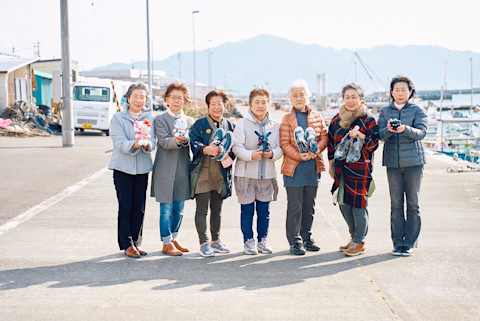
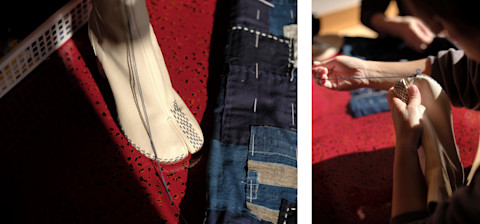
SSENSE: This year, Sashiko Gals’s popularity has surged. How has the team responded internally?How many members make up Sashiko Gals?
We’ve been truly amazed by the global response. Since we’re unable to produce in large quantities, many people are currently on a waitlist. But we believe that this act of “waiting” embodies the charm of handmade work—it’s a process to be savored.We have 15 members: two who double as sashiko artisans and office staff, and 13 who focus solely on stitching. Each artisan specializes in specific sashiko techniques, allowing tasks and products to be tailored to their strengths. On the operational side, this is a collaborative project with MOONSHOT, KUON’s parent company. While the artisans concentrate on craftsmanship, MOONSHOT handles business strategy, promotion, and all non-sashiko elements, with KUON overseeing the design.
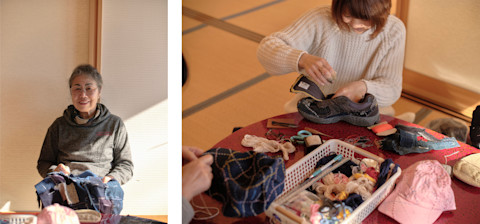
Can you share the history and defining features of sashiko stitching?
Sashiko, meaning “little stabs,” dates back 500 years to Japan’s Edo period. While it’s closely tied to the Tohoku region, the technique spread across the country as a way for commoners to repair and reinforce clothing. Over time, the Japanese fusion of precision and aesthetics transformed sashiko into a unique craft and folk art—akin to the role of street culture today. Its geometric patterns and utilitarian beauty have made it timeless, transcending mere functionality.
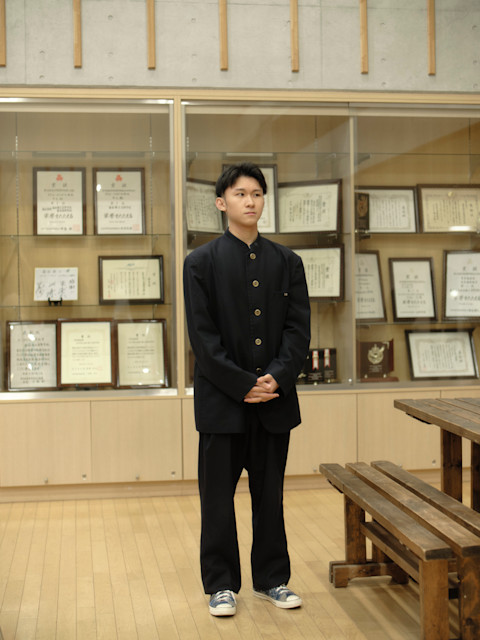
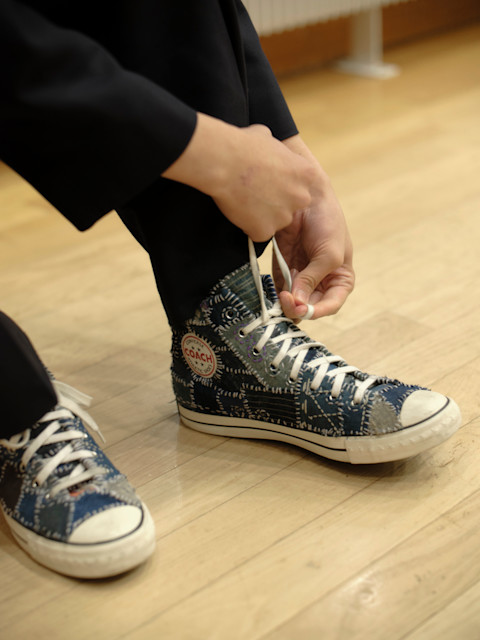
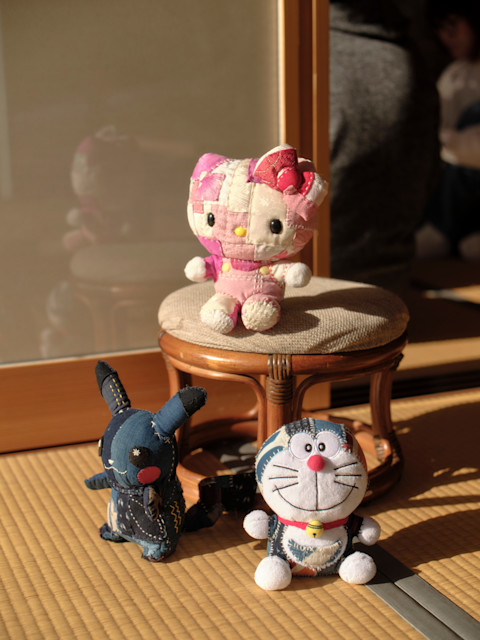
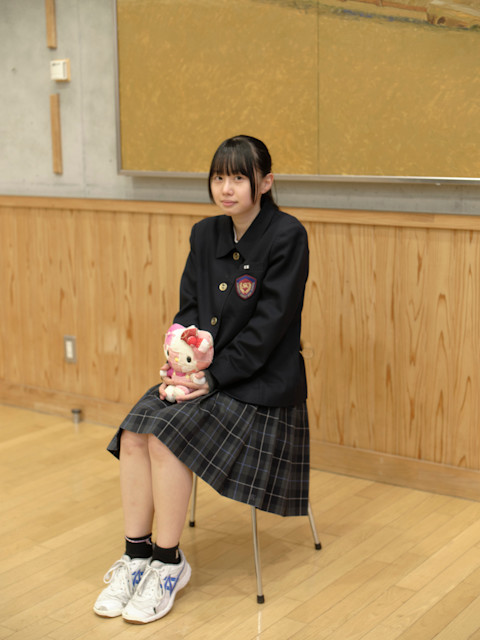
With an aging artisan team, how are you ensuring the continuation of this craft?
Passing down the history and technique of sashiko to future generations is essential. We’ve partnered with a local high school in Otsuchi to incorporate sashiko lessons into their curriculum, aiming to create new local industries. Sashiko’s accessibility—it requires only a needle, thread, and a willingness to start—makes it a craft that anyone can learn, anytime, anywhere. Creating a single pair of sneakers takes about 30 hours for an artisan with over a decade of experience. Due to the intricate nature of sashiko, artisans typically work only three hours a day, finishing one pair in about three weeks. By communicating this process effectively and establishing sashiko as a sustainable profession, we hope to offer the next generation a viable career path. Sashiko Gals isn’t a brand—it’s a project showcasing Japanese craftsmanship to the world, enhancing the value of the companies we collaborate with rather than branding ourselves.
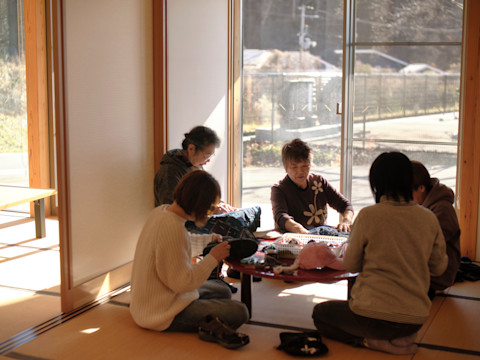
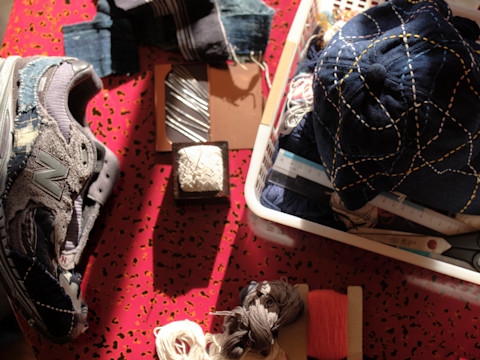
Sashiko is often used to beautifully repair secondhand items, aligning with sustainable fashion trends. How does this resonate with the philosophy of Sashiko Gals?
In Japan, the concept of “cherishing objects” and the belief in “divinity in all things” (Yaoyorozu no Kami) are deeply ingrained. Sustainability feels like second nature to us. For example, a customer brought in a pair of old Comme des Garçons sneakers they cherished but could no longer wear. By reinforcing them with sashiko and boro fabric, we gave the shoes a new lease on life as wearable art. It was a gratifying experience that added not just utility but beauty and new value
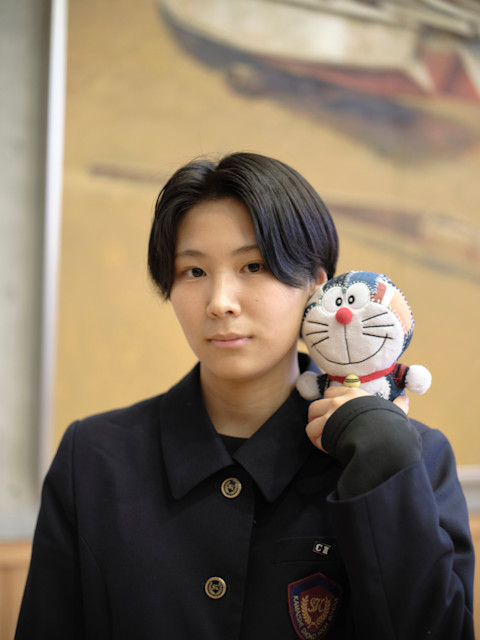
Japanese craftsmanship—like Kojima denim and Sabae glasses—has gained global prominence. For instance, Japanese denim is utilized by brands like Rick Owens and LEMAIRE, and visvim and other Japanese brands also make extensive use of sashiko stitching techniques. What’s needed for sashiko stitching to achieve similar recognition?
To expand globally, sashiko must evolve beyond its traditional image. This is why we experiment with integrating sashiko into unconventional items like sneakers and plush toys. Our long-term vision includes establishing a “sashiko town” in Otsuchi or Tohoku, much like Kojima for denim or Sabae for eyewear. By creating the right frameworks and systems, we aim to position sashiko as a global hallmark of Japanese craftsmanship.
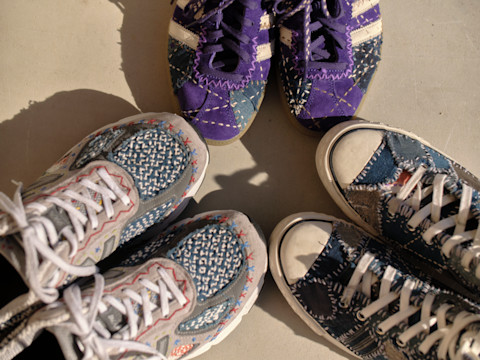
Sashiko Gals began as part of the recovery effort following the Great East Japan Earthquake. Thirteen years later, what’s the current state of the region and its resilience?Have there been any memorable reactions from customers?
Recovery remains an ongoing process. The population continues to decline, and many young people leave for cities in search of opportunities. Sashiko Gals was created in part to address this challenge by ostering local industry and providing reasons for people to stay. Resilience isn’t just about rebuilding; it’s about creating a sustainable future for the community.Every piece of praise and support means the world to us, but we’re especially moved when people share photos of their own attempts at sashiko, saying, “I tried this myself.”
 Gohar World Beefs Up Nadia and Laila Gohar are known for their surrealist interpretations of everyday housewares—everything from aprons to dish gloves. So who better to model their brand of elegant domesticity than a few professional bodybuilders? It’s a frigid November morning in Manhattan, all gray skies and dour expressions out on the sidewalk, but here, inside Gohar World—or, at least, the downtown studio where the Gohar sisters Laila and Nadia transfigure their most demented dreams into reality—everything is perfect.
Gohar World Beefs Up Nadia and Laila Gohar are known for their surrealist interpretations of everyday housewares—everything from aprons to dish gloves. So who better to model their brand of elegant domesticity than a few professional bodybuilders? It’s a frigid November morning in Manhattan, all gray skies and dour expressions out on the sidewalk, but here, inside Gohar World—or, at least, the downtown studio where the Gohar sisters Laila and Nadia transfigure their most demented dreams into reality—everything is perfect. 
